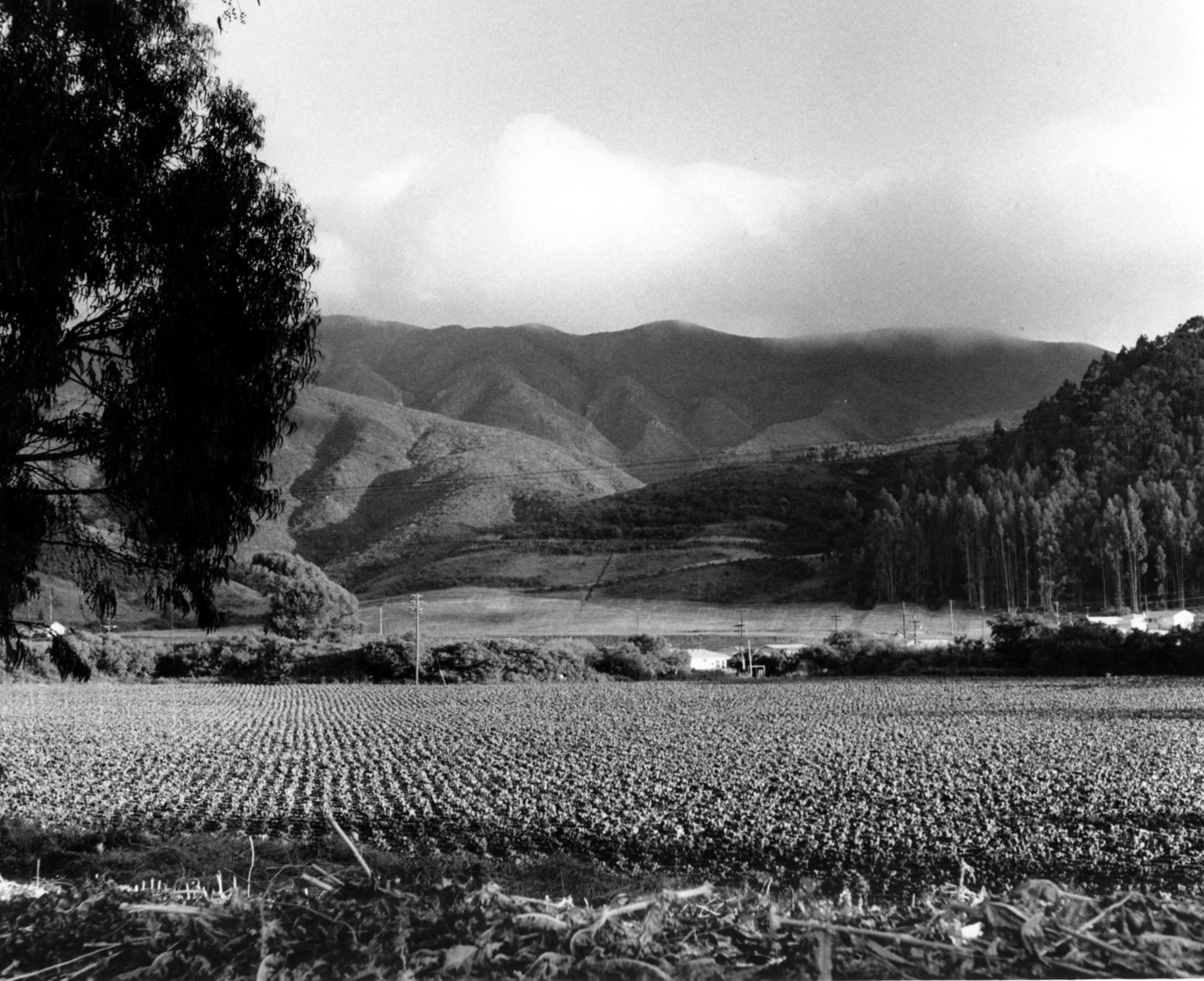History
10,000 years of human history in the San Pedro Creek Valley has it all - Native Americans, Spanish Explorers, Mexican Ranchers, European Farmers and World War II Baby Boomers. The information below comes from a wonderful history of the San Pedro Valley by John Culp (linked right below) and conversations with the Pacifica Historical Society linked on our “PARTNERS” page.
HOLOCENE - 10,000 YEARS AGO
As the last ice age ended, the level of the oceans rose, eventually stopping at our current shoreline, establishing the current geography and habitat of the San Pedro Valley.
OHLONE - 2,000 BC - 1795
Ohlone is the preferred name of the native Americans that occupied the greater Bay Area before European contact. They were a highly settled people with few outside contacts, and it is theorized that there were a couple villages in the San Pedro Valley - one at the location of Sanchez Adobe and another where Shamrock Ranch is now located.
By around 1795, the Ohlone had been decimated by epidemics brought by the Spanish and displaced from the Valley by Missionary activities.
THE SPANISH - 1769 - 1821
On an expedition searching for an overland route from San Diego to Monterey, a Spanish exploring party headed by Gaspar de Portola became the first known, non-native group to visit the Valley in 1769. In an excursion from their San Pedro Valley Camp, a portion of the party headed up Sweeny Ridge and are believed to be the first non-native group to see what is now the San Francisco Bay.
With Portola’s report, the Spanish established both Mission Dolores and the Presidio in what is now San Francisco in 1776. By 1785, an outpost had been constructed in San Pedro Valley that fully supplied the agricultural needs of the Spanish Mission in San Francisco. It was remarked in historic correspondence that the Mission wold not have been sustained without the supplies provided by San Pedro Valley.
By 1795, the Mission had moved its farming operation east, the small population left and and the Valley was utilized for cattle grazing.
MEXICAN RULE - 1821 - 1848
When Mexico won its Independence from Spain in 1821, California became part of the territory of Mexico. With the change, the influence and symbol of the Catholic Church was resented by the newly independent people and a secularization of the society lead to large tracts of land being granted for use as ranches and grazing land. Over eight thousand acres of what is now the City of Pacifica was granted as Rancho San Pedro to Francisco Sanchez in 1839.
From the Pacifica Historical Society
AGRICULTURE - 1849 - 1953
In 1848 California gained its independence from Mexico (with statehood following shortly thereafter) and gold was discovered in the foothills of the Sierra Nevada. This initiated a rapid change in California, focused in the area around San Francisco - a city that quickly became a bustling metropolis as a result of serving as the gateway to the California Gold Rush.
With a new system of government in place, many of the Mexican land holdings changed hands (under sometimes dubious circumstances) and American investors and pioneers came to own land in San Pedro Valley.
It was during this time that truck farming and dairy ranching took hold in the valley. The land was altered for maximum arability with the Creek being channelized to the southern edge of the watershed and the original estuary and Lake (Mathilde) being dried out and filled in.
Some accounts say the Irish were first the farmers, but the Italians persevered, leaving the Artichoke as the major crop of the area, and earning the valley the nickname “Artichoke Gulch.”
SUBURBANIZATION - 1953 - 1980
As roads to the area improved and the population boomed, suburban development of the agricultural valley became inevitable. Slowly at first, it hit a tipping point when two developers (Andy Oddstad and Ray Higgins) had the idea in 1953 of creating Linda Mar, a development of low cost housing for families within commuting distance to San Francisco.
The build-out continued in the San Pedro Valley, working its way east up the main stem, North Fork and Sanchez Fork of the Creek. Along the way, the issue of drinking water and garbage collection precipitated the incorporation of the community into the City of Pacifica in 1957. The bulk of San Pedro Valley’s build-out had come to a conclusion in the 1970s.
TODAY
Today, the San Pedro Valley is a a wonderful place to recreate, live and raise a family. Despite it’s proximity to San Francisco and Silicon Valley, it is a surprising reprieve of quiet streets, large swaths of undeveloped hillsides and uncrowded beaches. Development covers much of the watershed, and pocket developments still occur but by the work of many, the open spaces of Sanchez Adobe, San Pedro Valley Park, Sweeny Ridge, and the the San Pedro Headlands keep the area grounded in its history and natural state.
It is unclear what the next chapter will bring to the Valley but the SPCWC aims to make a healthy watershed a lasting part of it.







